Is my dog in pain? This is one nagging question that I have asked myself ever since Gigi, my Great Dane, was diagnosed with Wobblers Syndrome on her third birthday last year. Wobblers Syndrome, also known as cervical spondylomyelopathy or cervical vertebral instability, is a condition that affects the spine of dogs, particularly large breeds like Great Danes, Doberman Pinschers, and Mastiffs. It can lead to various neurological issues, including pain and difficulty moving.
Lets discuss the things that I have done to help make sure she lives a comfortable life, despite having a chronic condition.
What is Wobblers and Is My Dog in Pain?
Wobblers Syndrome is a complex condition that primarily affects the cervical (neck) region of a dog’s spine. It’s characterized by the compression or instability of the spinal cord due to abnormalities in the vertebrae. These abnormalities can cause pain, weakness, and difficulties with coordination in affected dogs.
If your dog has been diagnosed with Wobblers Syndrome, it’s essential to monitor their condition closely for signs of pain. Some common indicators of pain in dogs with Wobblers include:
- Lameness or difficulty walking: Dogs with Wobblers may exhibit a wobbly or unsteady gait, hence the name of the syndrome.
- Neck pain: They may be sensitive or painful when you touch their neck or head.
- Reluctance to move: Dogs in pain often avoid moving or may be hesitant to go up or down stairs or jump onto furniture.
- Changes in behavior: Look for signs of restlessness, aggression, or depression, which can be indications of pain.
- Loss of appetite: Pain can reduce a dog’s appetite, leading to weight loss.
- Whining or vocalization: Dogs may vocalize or whine when they are in pain.
How Can I Help Make Sure My Dog Is Not in Pain?
If your dog has Wobblers Syndrome or any other chronic condition, there are several ways you can help ensure they are comfortable and pain-free. Here are some key areas to focus on. I have now had a neurological / special needs dog for 1.5 years, and these are the main things that have worked for us!
Make Lifestyle Changes and Implement Them All the Time!
Your lifestyle matters when you have any dog, but even more so when you have a dog who may experience daily pain or discomfort.
Be prepared to make necessary adjustments to your home, routine, and activities to accommodate your dog’s needs. Providing a loving and supportive environment, along with the appropriate medical care and therapies, will not only help alleviate their pain but also allow you to cherish the precious moments you share with your loyal and resilient friend. Remember, the bond you share with your dog can grow stronger through these challenges, making every effort you invest in their well-being well worth it.
Lifestyle Tips:
- Nail Maintenance: Keep your dog’s nails trimmed to prevent them from dragging their paws, which can exacerbate pain.
- Car Ramps: Use ramps to help your dog get in and out of the car or on and off elevated surfaces with ease.
- Exercise: Work with your veterinarian to develop an appropriate exercise plan that keeps your dog active without putting too much strain on their spine.
- Rugs: It can be very difficult for a dog to walk on slippery floors, so laying rugs down helps them tremendously!
Focus on Nutrition! Nutrition Can Fuel Your Pup!
Nutrition plays a pivotal role in managing the well-being of a dog with Wobblers Syndrome.
Choosing the right diet is essential to ensure your canine companion receives the necessary nutrients to support their overall health and minimize discomfort. Consider adding supplements like Omega-3 fatty acids and glucosamine to promote joint health and reduce inflammation.
Opt for a high-quality diet specially formulated for large breed dogs, as their nutritional needs may differ from smaller breeds. In some cases, your veterinarian may recommend a specialized diet tailored to your dog’s specific condition. Proper nutrition not only contributes to your dog’s physical health but also plays a role in their mental and emotional well-being, helping them lead a more comfortable and fulfilling life despite the challenges posed by Wobblers Syndrome.
Nutritional Tips:
- Omega E and Glucosamine: Consider supplements like Omega-3 fatty acids and glucosamine, which can support joint health and reduce inflammation.
- High-Quality Diet: Feed your dog a high-quality diet formulated for large breed dogs. Consult your veterinarian for recommendations.
- Veterinarian-Approved Diet: In some cases, a specialized diet prescribed by your vet may be necessary to manage your dog’s condition effectively.
Medication Is Not Always Bad
Medicating your beloved dog can indeed be a daunting decision, often accompanied by worries about side effects or long-term consequences.
However, for dogs dealing with chronic pain, medication can be a true blessing in disguise. It’s essential to recognize that many veterinary medications have been thoroughly researched and are carefully administered to provide relief while minimizing adverse effects. These treatments can significantly enhance your dog’s quality of life by alleviating discomfort, improving mobility, and even preventing further damage or deterioration. Consulting with a trusted veterinarian who specializes in your dog’s condition can help ease your concerns and guide you toward the most suitable medication options, ultimately allowing your furry friend to enjoy a more comfortable and pain-free existence. In many cases, medication can be the key to unlocking a happier and healthier life for your canine companion.
Medications Tips:
- Finding a Veterinarian You Love: Establish a strong relationship with a veterinarian who specializes in treating dogs with neurological issues.
- Trusting the Experts: Follow your veterinarian’s recommendations for medications that can help manage pain and inflammation.
- Using Prescription Medication: In severe cases, prescription medications may be necessary to alleviate your dog’s pain.
Use CBD to Help Provide Comfort and Ease Discomfort
CBD (Cannabidiol) has gained considerable attention in recent years as a potential aid in managing pain and discomfort in dogs, including those with chronic conditions like Wobblers Syndrome. Derived from the cannabis plant, CBD is non-psychoactive and known for its anti-inflammatory and analgesic properties. We have very positive results when using CBD products designed specifically for dogs for Gigi’s plan to keep her happy.
These products, such as those from reputable brands like Pet Releaf, can help reduce discomfort, inflammation, and anxiety in dogs, ultimately improving their quality of life. When used responsibly and under professional guidance, CBD can be a valuable addition to your dog’s pain management strategy.
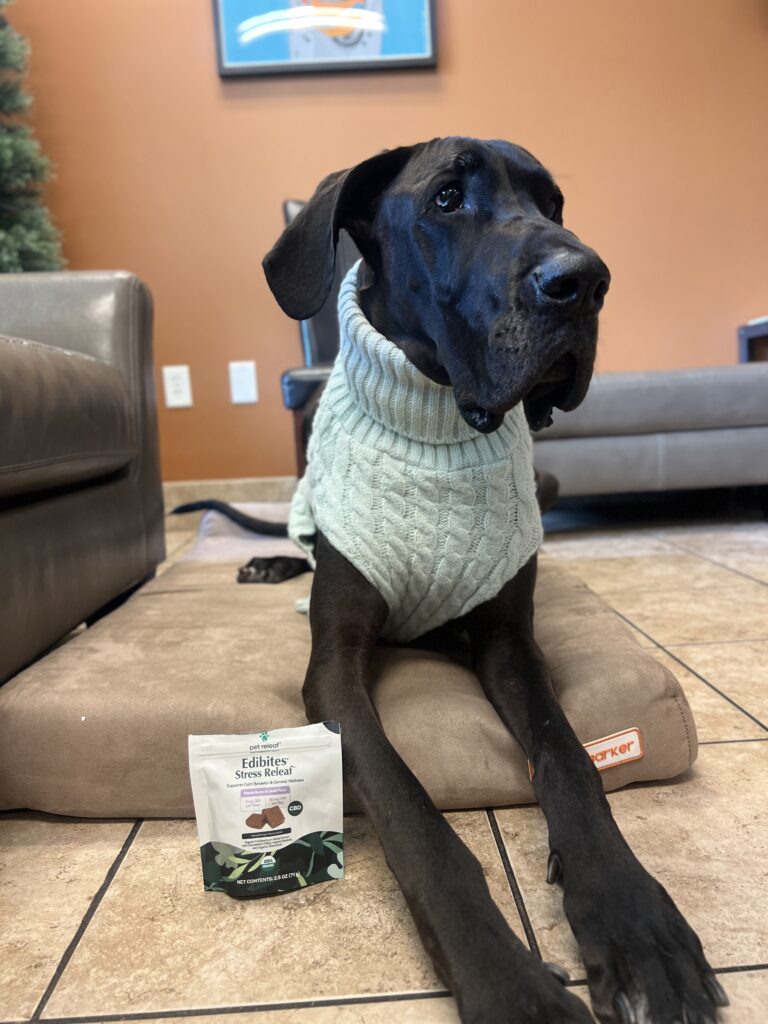
We take her PetReleaf with us to appointments so that it can help provide comfort for her as well as keep her stress levels down.
CBD Tips:
- Pet Releaf CBD: Some pet owners have found that CBD products, like those from Pet Releaf, can provide pain relief and reduce inflammation in dogs. Consult with your veterinarian before using any CBD products for your dog.
Modern-Day Therapies That We Have Done That Help
Modern-day therapies have played a significant role in improving the comfort and well-being of Gigi, as well as some others who are dealing with conditions like Wobblers Syndrome.
Acupuncture, a traditional practice adapted for pets, has shown promise in managing pain and enhancing overall health. Laser therapy offers a non-invasive approach to reduce inflammation and alleviate pain, while veterinary chiropractors can address mobility issues, providing much-needed relief. Embracing new and innovative treatments, such as hyperbaric oxygen therapy, showcases the commitment to exploring every avenue to enhance your dog’s quality of life. These modern therapies, when integrated into a comprehensive care plan, can make a remarkable difference in the comfort and happiness of dogs living with chronic pain.
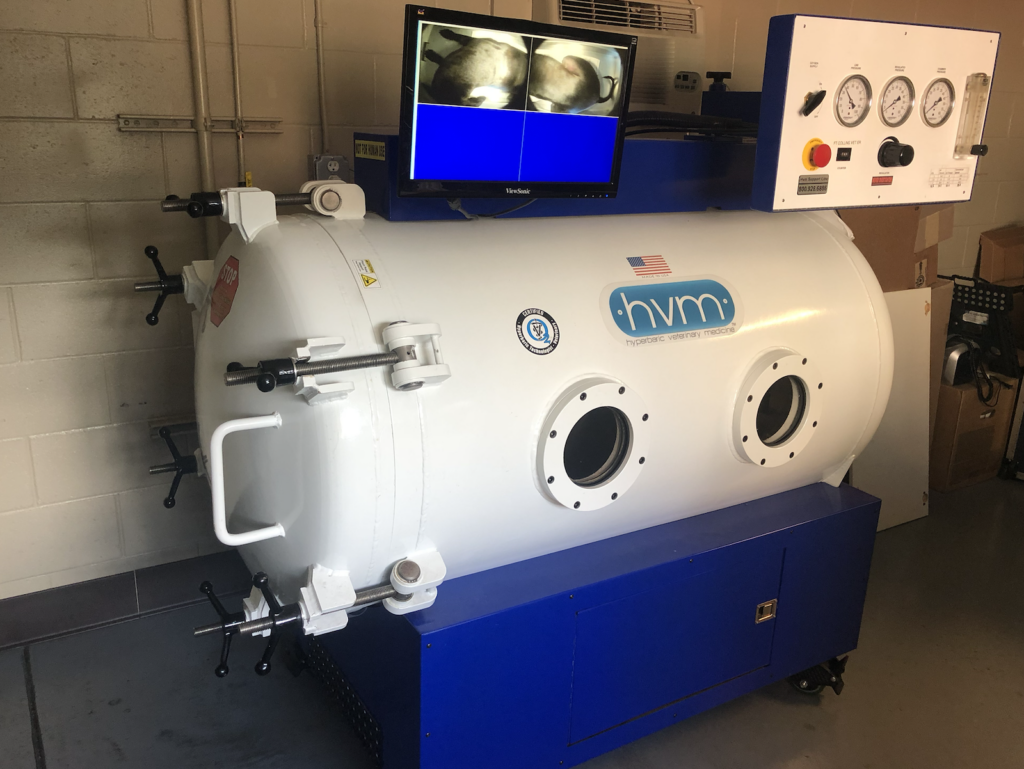
Gigi is inside of this hyperbaric oxygen therapy tank! It was so cool! Read more about this form of therapy here.
- Acupuncture: Alternative therapies like acupuncture can help manage pain and improve your dog’s overall well-being.
- Laser Therapy: Laser therapy is a non-invasive treatment that can reduce inflammation and pain.
- Chiropractor: A veterinary chiropractor may help improve your dog’s mobility and comfort.
- Trying New Therapies: Don’t be afraid to explore new and innovative therapies like hyperbaric oxygen treatment, which may offer additional relief.
Making the Most Out of Every Moment
Living with a dog diagnosed with Wobblers Syndrome can be challenging, but it’s important to focus on making the most out of every moment you have together. Spend quality time with your dog, engage in activities they enjoy, and ensure they receive plenty of love and attention. Regular check-ups with your veterinarian are crucial to monitor their condition and make adjustments to their treatment plan as needed.
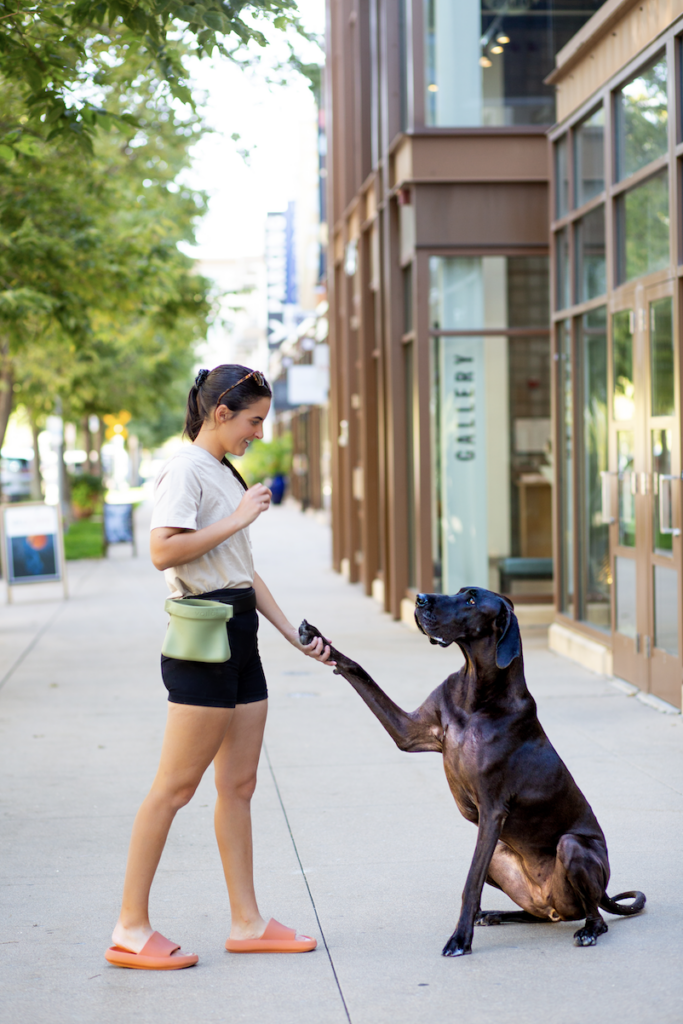
This photo is a picture of me and Gigi walking around outside. She really loves to go for walks, and I treasure every moment with her!
In conclusion, while Wobblers Syndrome can be a source of concern for dog owners, there are many ways to help manage your dog’s pain and improve their quality of life. By staying informed, working closely with your veterinarian, and exploring various treatment options, you can provide your beloved pet with the comfort and care they deserve.
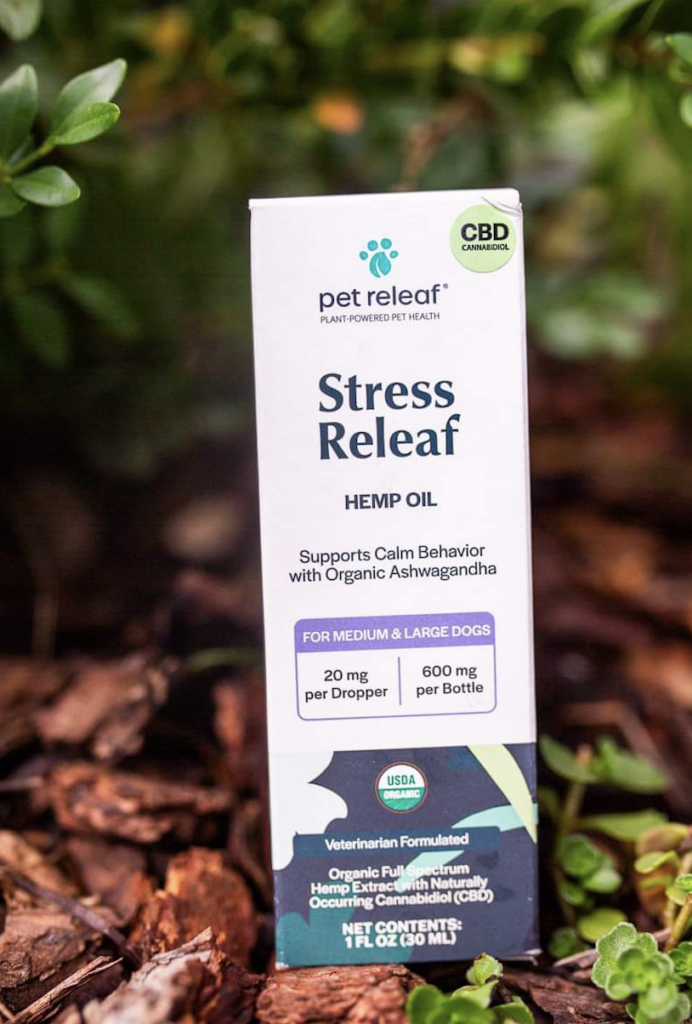
Shop Pet Releaf products here.
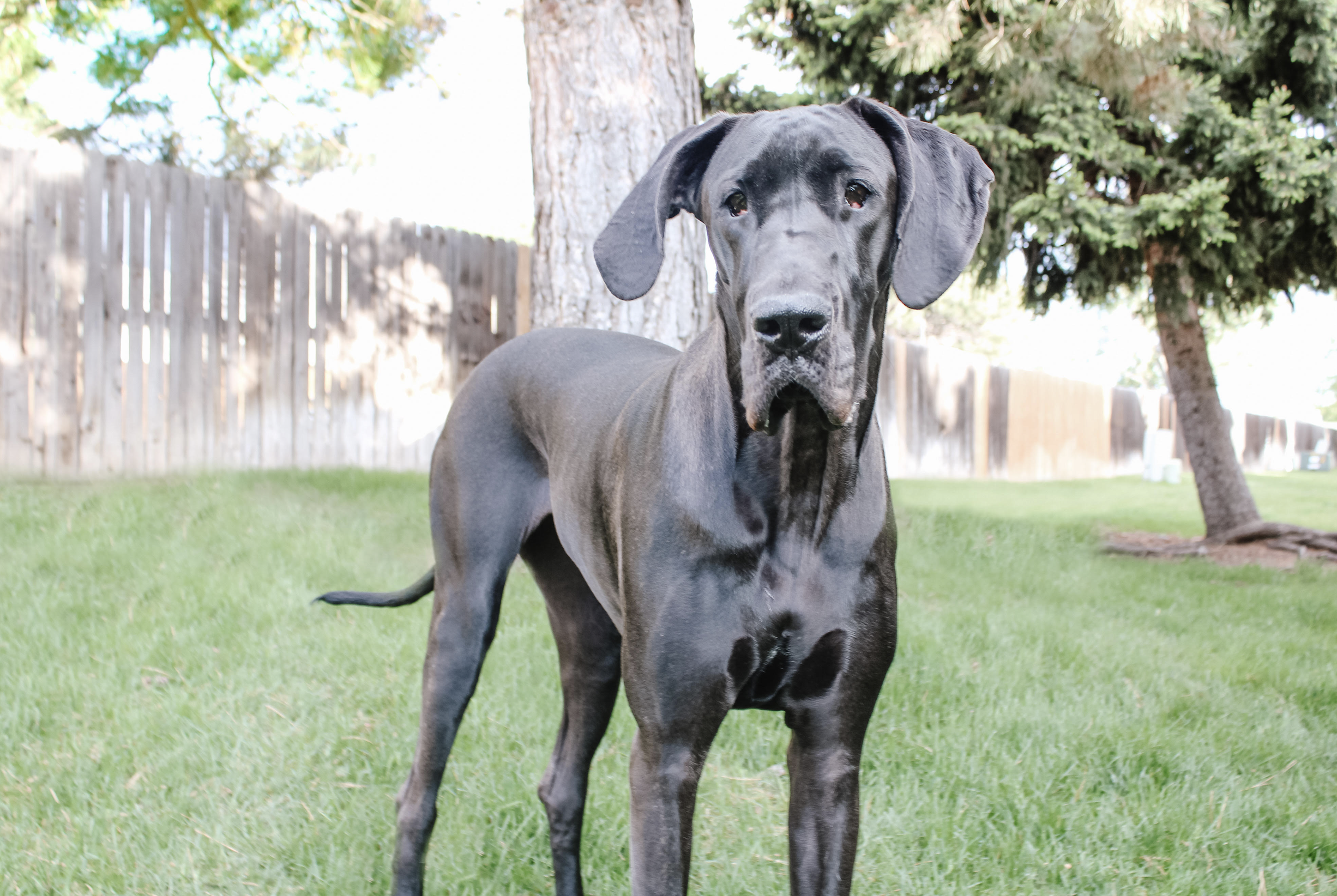

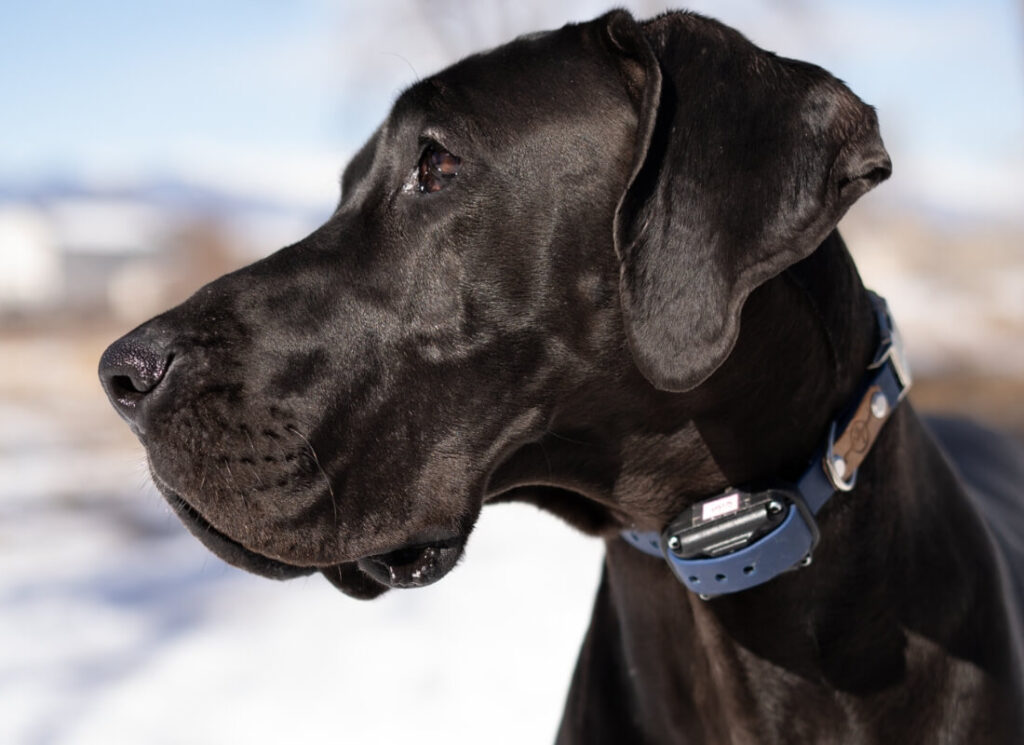
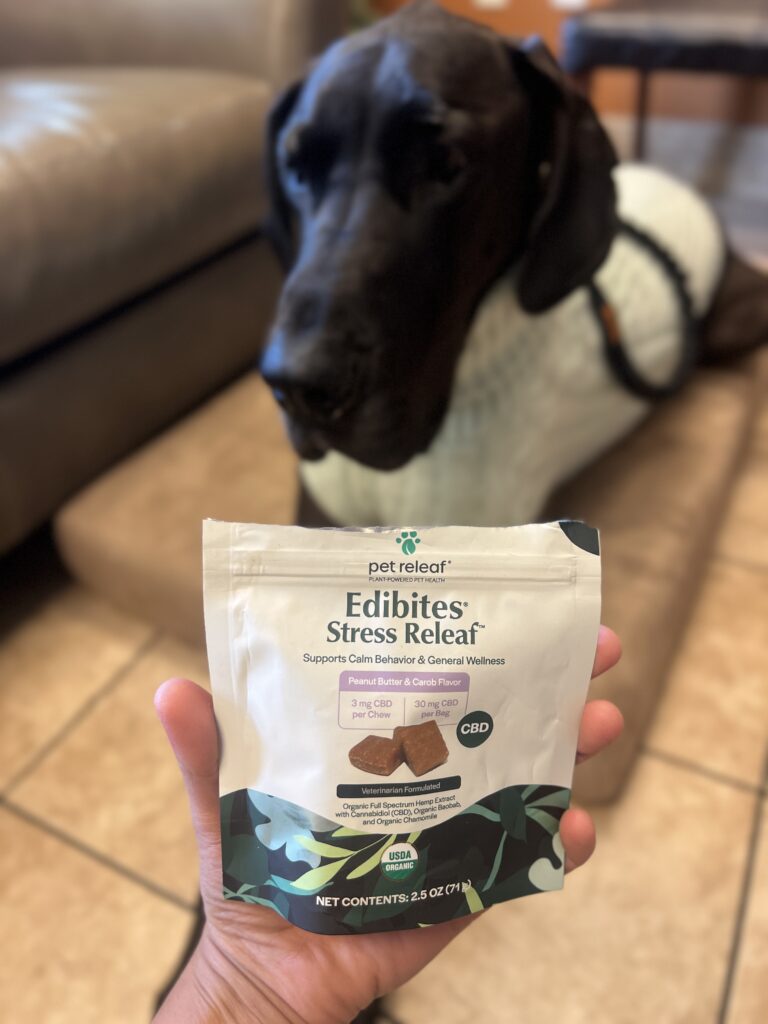
Leave a Reply